You’ve recently launched your brand or have been there for a while and everyone around has been telling you how you need to be on social media. But as soon as you start to think about it—you don’t know where to start from.
Sound familiar?
With countless platforms and tools available, it’s tough to know where to start. You want to connect with your audience, but figuring out the right strategies often takes more time than you have.
But don’t worry! Creating a social media marketing strategy that works doesn’t have to be complicated. What you need before even thinking about social media is clarity regarding your motivation about the same.
That's why we've created a comprehensive blog on social media marketing strategy that walks you through the essentials, whether you’re just starting out or looking to refine your approach. Let’s begin!
Understanding Social Media Marketing Strategy
A social media marketing strategy is your blueprint to understand how you need to approach social media to achieve your business goals. It defines your target audience, the platforms you’ll focus on, the type of content you’ll share, and how you’ll measure your success.
If you’re planning a special campaign for a holiday sale and want to share it across your social media channels, that’s social media marketing.
If you run a poll on Instagram Stories to understand what your audience prefers, that’s social media marketing. And if you create a behind-the-scenes video that highlights your team and the effort behind your products, that’s social media marketing as well.
Today if you’re posting just anything without a plan in your mind, it’s just throwing spaghetti on the wall and hoping it will stick. So to see any success on social media you need more than just a content calendar of random posts—you need a social media strategy.
Why does your business need a social media marketing strategy?
In 2023, sales through social networks accounted for an estimated 18.5% of total online sales, an increase from 16% in the previous year This explosive growth illustrates how vital social media has become in driving sales and engagement for businesses.
Let’s look at the Benefits of a Social Media Marketing for your business:
1. Increases Brand Awareness
As of April 2024, Datareportal reports that 62.6% of the global population uses social media, spending an average of 2 hours and 23 minutes each day on these platforms. To put the hours into perspective, that’s like every person who uses social media spending an average of 4.6 years of their life on these platforms! Imagine dedicating nearly five years solely to scrolling, posting, and engaging online.
This time spent on social media shows how non-negotiable it is for you to have a social media presence. Ignoring such a huge number means saying no to potential $$$.
Sephora is not a new name in the beauty industry and they leveraged social media to its complete potential with the help of user-generated content (UGC).
They encourage customers and influencers to share their experiences and looks using Sephora products, fostering a sense of community and authenticity. This strategy not only shows real-life applications of their products but also drives engagement and builds trust among potential customers.
2. Generate Leads
68% of marketers report that social media marketing has significantly contributed to their lead-generation efforts.
With good content that resonates with your target audience and calls-to-action (CTAs), you can encourage them to share their contact information or engage with your products.
A great example of this is a self-aware Facebook ad from Scissors and Scotch, a luxury men's grooming company. The ad cleverly pokes fun at the accuracy of social media targeting while promoting their offerings. This witty approach cuts through the noise, making it easier to connect with potential customers.
3. Audience Insights and Market Research
Social media platforms offer valuable insights into audience demographics, interests, and behavior. Over 64% of business owners use social media data to understand their customers' requirements and online habits.
By analyzing this data, you understand more about your target audience, identify upcoming trends, and stay ahead of the competition. With these insights you will know what your audience actually wants from you—and you can tailor your content or even the products better for your audience.
A great example is Walmart's strategic use of social media insights during the pandemic. The retailer actively monitored conversations to identify issues related to supply chains and online shopping difficulties. With these insights, Walmart was able to respond quickly to customer concerns, improving their overall shopping experience.
4. Decrease Marketing Costs
Social media marketing stands out as one of the most cost-effective methods for you to connect with your audience. With minimal investment in time and social media tools, you can share promotional content and engage directly with your consumers for free.
While social media advertising does require a budget, it is generally much more affordable than traditional marketing channels like television or print ads.
Steps to Create a Social Media Marketing Strategy
Step 1- Set Clear Goals
Your social media strategy should start with goals in mind. Begin by defining what you want to achieve—whether it's increasing brand awareness, driving website traffic, or generating leads.
Use the SMART framework to ensure your goals are Specific, Measurable, Achievable, Relevant, and Time-bound.
For instance, instead of a vague aim like "get more followers," specify "increase Instagram followers by 20% in three months."
Clear goals not only guide your content creation but also help you measure success and make necessary adjustments along the way.
Step 2- Understand Your Audience
Understanding your audience is important for effective social media engagement. Start by researching your target demographic—consider factors like age, gender, interests, and online behavior.
Use tools like surveys, social media insights, and analytics to gather data on your audience's preferences and pain points. Create buyer personas to humanize your audience and tailor your content accordingly.
By understanding who they are and what they want, you can create relevant and engaging posts that resonate with them.
For instance, Denny's uses different social media personas to target various audiences: Memes on Instagram and Twitter to appeal to millennials.
And traditional content on Facebook attracts an older crowd.
Step 3- Choose the Right Platforms
To effectively connect with your audience, it's crucial to choose the right social media platforms for your brand. Begin by researching where your target demographic is most active; understanding their preferences helps guide your decision.
Each platform offers unique advantages—Instagram and Pinterest excel at showcasing visual content, while LinkedIn is best suited for professional networking and B2B engagement.
Additionally, consider how different platforms facilitate interaction; for example, Twitter encourages quick, real-time conversations, whereas Facebook allows for more in-depth discussions and community building.
For instance, Glossier markets itself on Pinterest, Instagram, TikTok, and YouTube because these platforms align with its target demographic of young women aged 18-34.
Pinterest provides beauty inspiration and product ideas, while Instagram improves community engagement through curated visuals and Stories.
TikTok connects with the younger Gen Z audience (ages 18-24) by featuring fun, relatable content and beauty trends. YouTube allows for in-depth tutorials and influencer collaborations, appealing to beauty enthusiasts seeking detailed information.
Step 4- Create Content Strategy
Start by identifying key themes and topics that resonate with your brand and target demographic.
Diversify your content formats—mix visuals, videos, blogs, and polls to keep your audience engaged.
Consistency is key, so establish a posting schedule that aligns with your audience's online behavior.
Incorporate seasonal trends and user-generated content to foster community involvement. Monitor performance metrics to refine your approach over time.
For instance, Red Bull uses a diverse video marketing strategy, featuring extreme sports clips and lifestyle documentaries to attract viewers.
Step 5-Use Tools for Efficiency
Managing social media can be overwhelming, especially for small businesses where one or two people handle multiple tasks, from writing posts to designing graphics. Fortunately, leveraging social media tools can save time and streamline operations.
A social media post scheduler allows you to plan and automate your posts, ensuring consistent engagement without daily effort.
Additionally, content repurposing tools enable you to transform existing material into various formats, maximizing your content’s reach and effectiveness.
vidyo.ai offers a social media post feature that helps automate these processes, allowing you to focus more on strategy and creativity.
For instance, Ryan Carthage from The Forex Trade Room uses vidyo.ai tools to plan, schedule, and publish posts across all his social media, which led to an increase of 50-75% in his YouTube engagement.
Step 6-Analyze and Optimize
Measuring the effectiveness of your social media efforts is crucial for continuous improvement. Using analytics tools to track engagement metrics such as likes, shares, comments, and follower growth.
By analyzing this data, you can identify which types of content resonate most with your audience and adjust your strategy accordingly.
For example, if you notice that video posts receive significantly more engagement than static images, focus on creating more video content.
Regularly reviewing and refining your strategies based on analytics ensures your social media efforts remain effective and aligned with your goals.
For example, Entrepreneur regularly uses A/B testing in their social media content to find out what's resonating with their audience and what needs to be changed, ensuring their strategies remain effective and aligned with their goals.
The Role of Video in Social Media Strategy
Let’s face it video content is taking over your feeds now!
One of the key advantages of video is its versatility. You can use video for various purposes, including storytelling, product demonstrations, tutorials, and behind-the-scenes glimpses.
This diverse range of applications allows you to appeal to different segments of your target audience, making video a powerful tool for enhancing your brand's visibility and engagement. Platforms like Instagram, TikTok, and YouTube let you take advantage of this trend, offering formats from short clips to live streams.
Additionally, video content has proven to be more effective in capturing attention compared to static images or text. Posts that include video generate 1,200% more shares than those without, showcasing the enhanced reach and engagement potential of video marketing.
The boom in video marketing has also led to advancements in AI technology, such as AI video clipping and auto-captioning. These innovations streamline video production, making it easier and faster for brands to create engaging content.
Auto-captioning, for instance, enhances accessibility and ensures that videos can reach a broader audience, including those who prefer to watch without sound.
Our Case Studies and Success Stories
Let's look at how various businesses and content creators have successfully integrated video into their social media strategies to drive engagement and build community.
Mike Montague
Mike Montague, host of the How to Succeed podcast, transformed his social media presence by using vidyo.ai to repurpose long-form content into engaging short-form clips.
Before vidyo.ai, Mike struggled with time-consuming video editing, often outsourcing at a high cost but with unsatisfactory results.
vidyo.ai enabled him to quickly break down 30-minute podcasts into multiple clips in less than an hour. By automating captions and offering saved templates, vidyo.ai eliminated guesswork and saved hours of manual labor.
With increased Instagram and YouTube engagement, Mike now saves 90% of his post-production time, allowing him to focus on building his brand and clientele.
Andrew Frazier
Andrew Frazier, the CEO of Small Business Pro University, has revolutionized his content creation process by utilizing vidyo.ai to transform his livestreams into high-quality short videos.
His weekly show, Leadership Live at 8:05, Talking Small Business, has significantly improved its visibility across platforms like LinkedIn and YouTube Shorts, reaching a broader audience than ever before.
Before adopting vidyo.ai, Andrew faced the challenges of time-consuming video editing, often spending several hours on each episode, which frequently resulted in unsatisfactory outcomes.
With vidyo.ai, he has dramatically reduced his editing time, producing polished, engaging content in just 20 minutes. This efficiency allows him to focus more on his core business activities rather than getting bogged down in post-production.
The platform's key features, such as AI-driven subtitles, tools for maintaining brand consistency, and the convenience of direct posting, have significantly enhanced Andrew's marketing efforts.
As a result, his audience engagement has soared, allowing him to connect with more entrepreneurs and small business owners while effectively showcasing the value of his insights and expertise.
Leverage Your Social Media Strategy for Success
With social media consumption skyrocketing and users spending an average of 2.5 hours daily across various platforms, it’s essential for your brand to adapt and thrive in this digital landscape.
So, how do you ensure your brand captures your audience's attention? By creating your own social media strategies. Start with setting clear goals and understanding your audience's preferences. Once you have a solid foundation, move on to choose the right platforms, and develop engaging content strategies. Finally, analyze your performance regularly and be open to optimizing your approach based on insights.
Remember social media strategy is a marathon and not a sprint.
And if you need any help along the way, sign up for vidyo.ai today to use our tools and make your social media shine!


.svg)






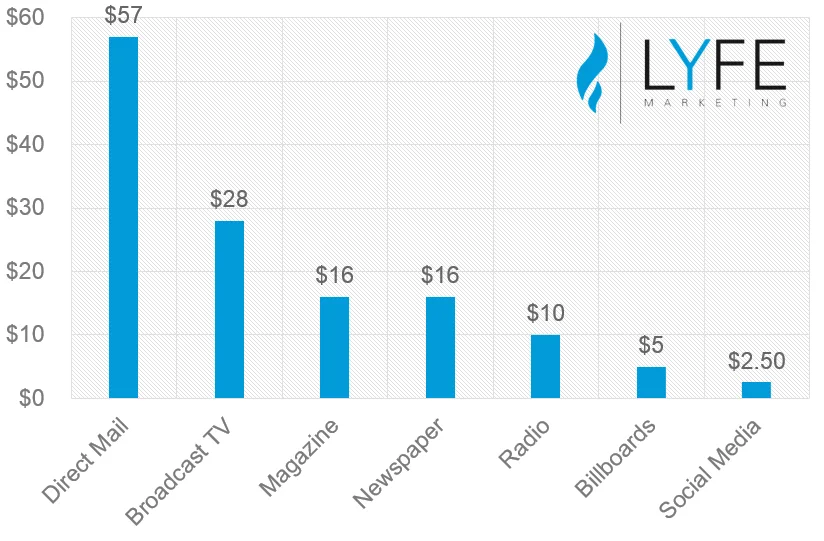
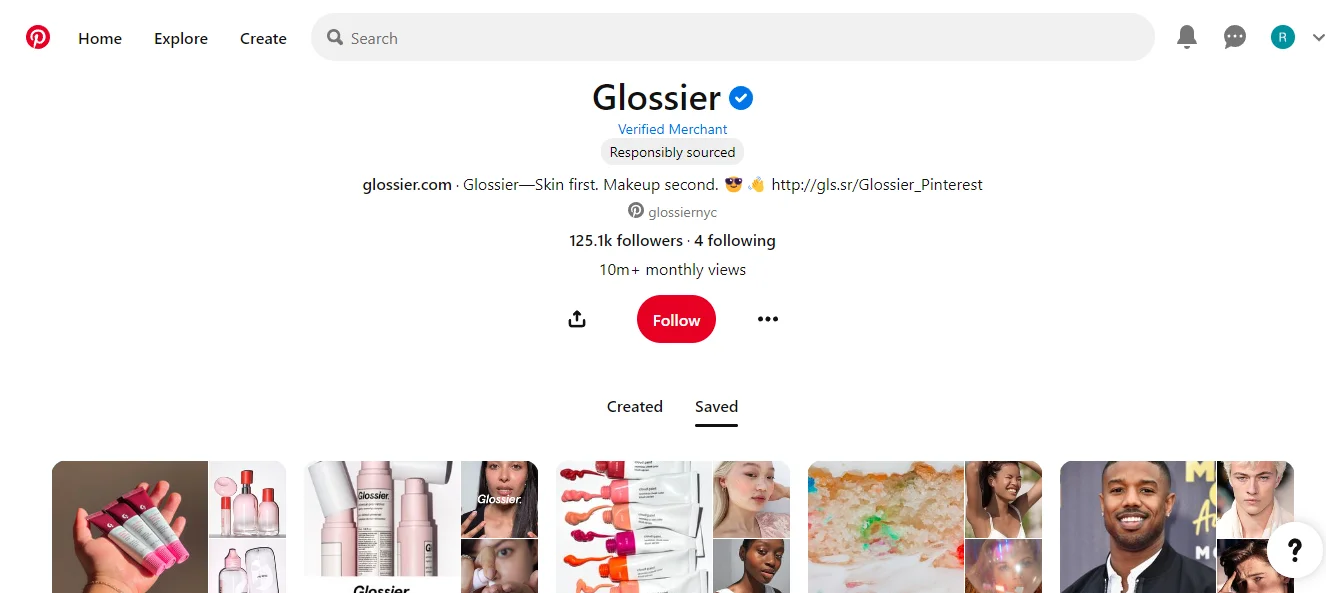
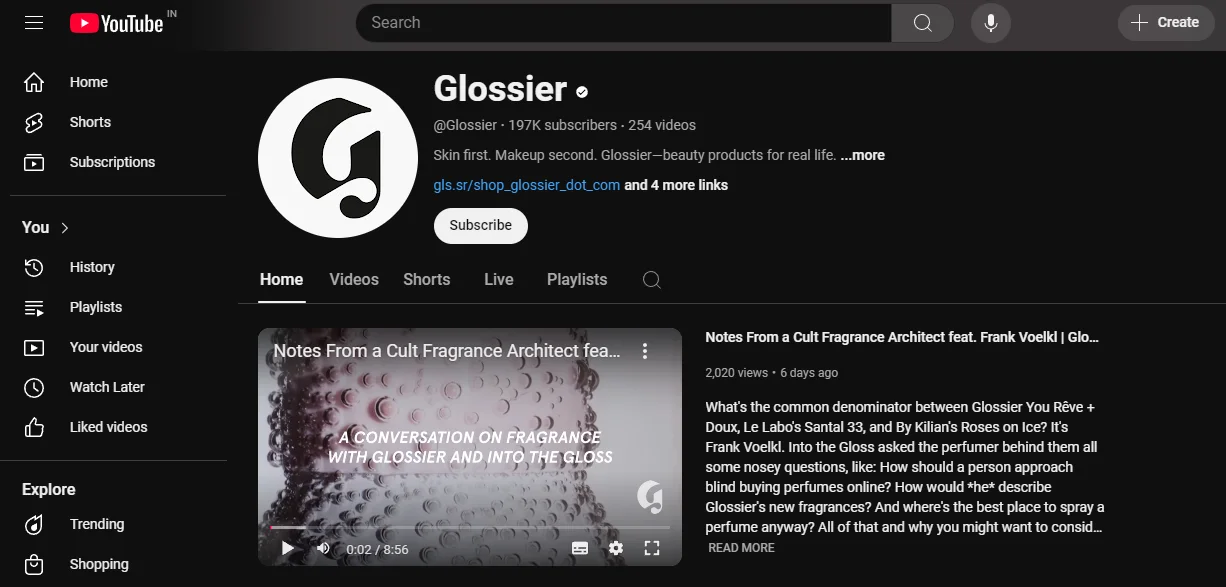
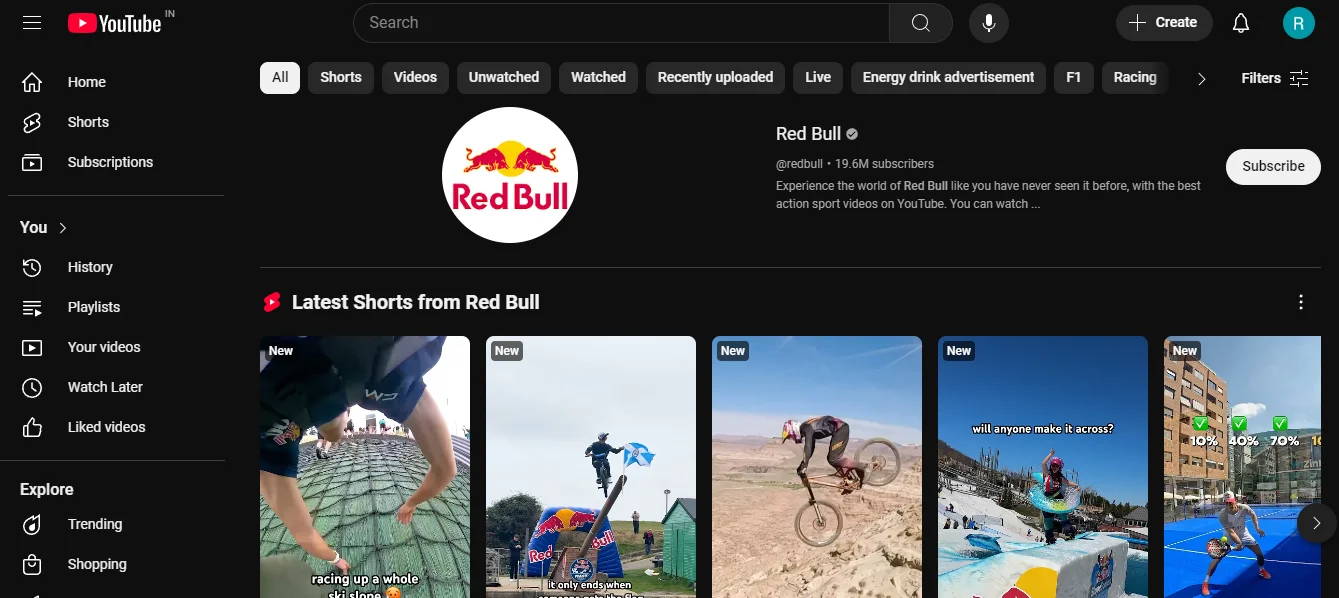
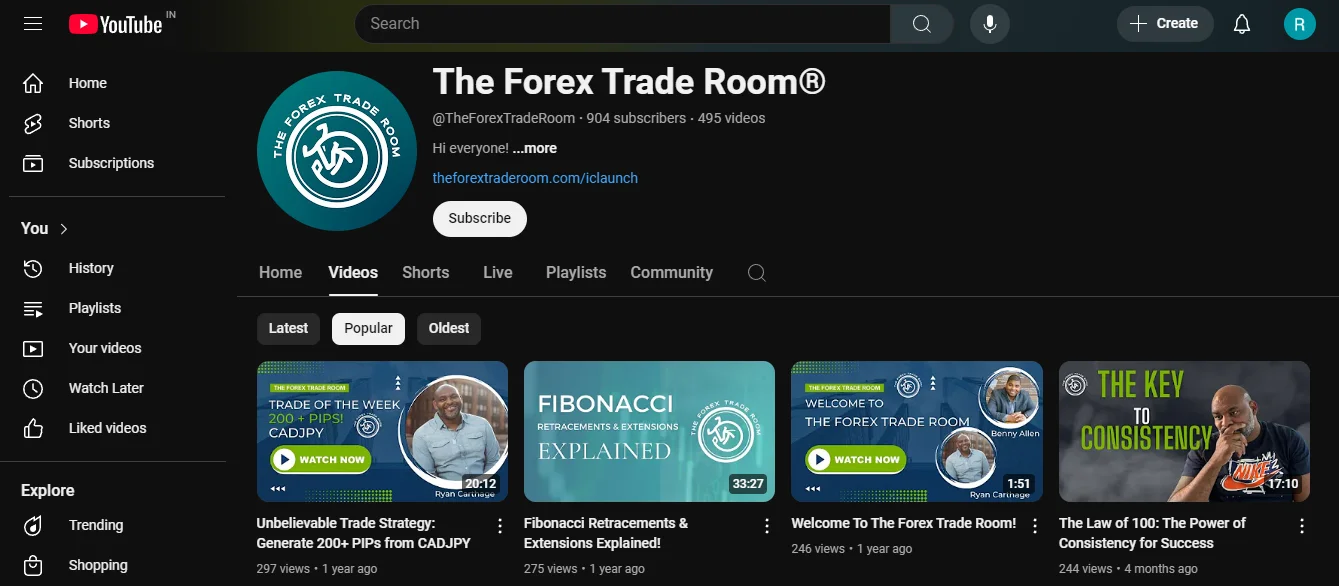
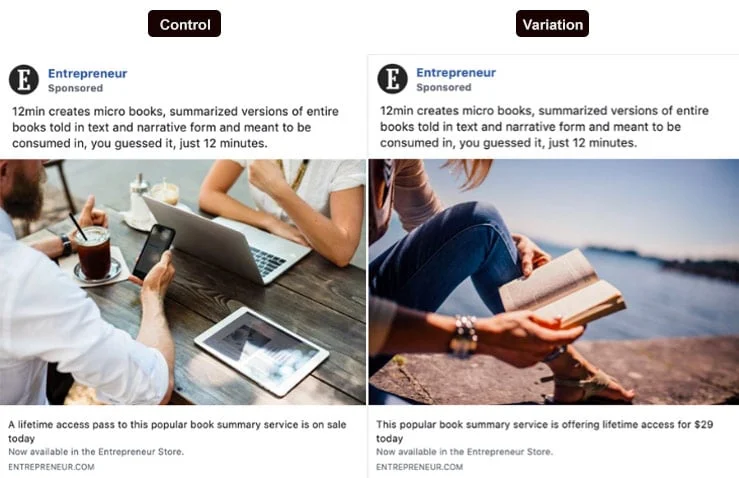

.png)
.png)
.png)